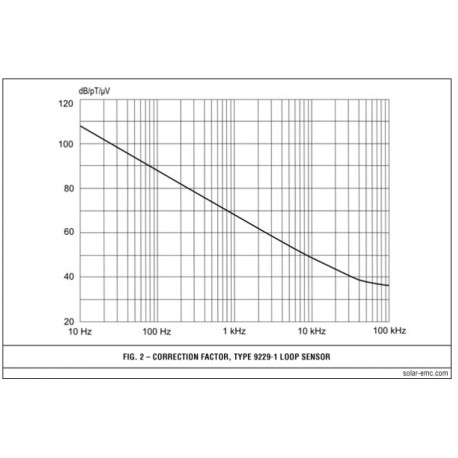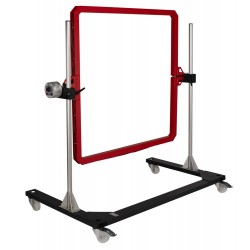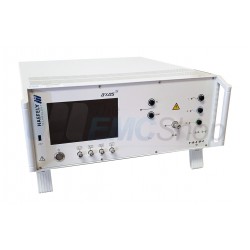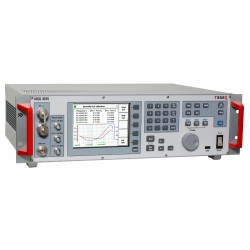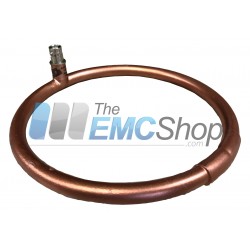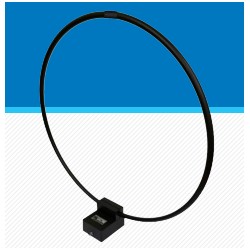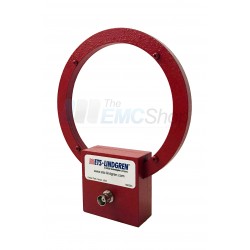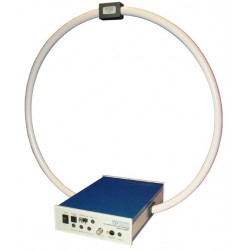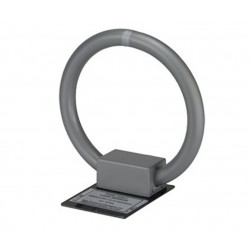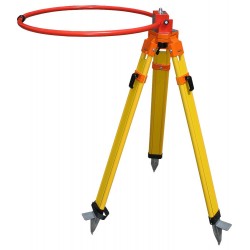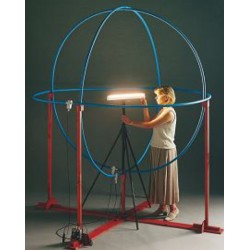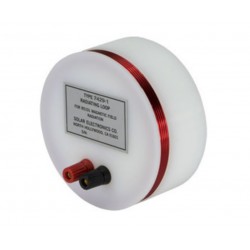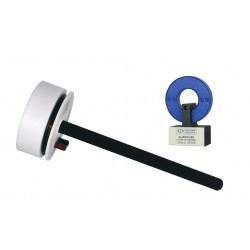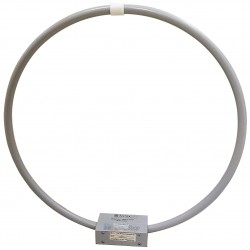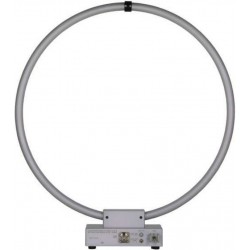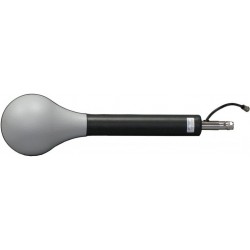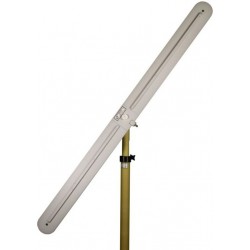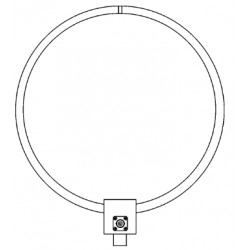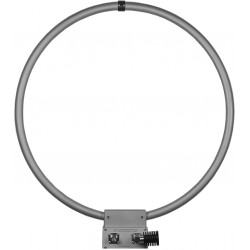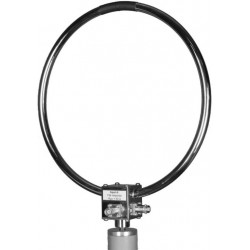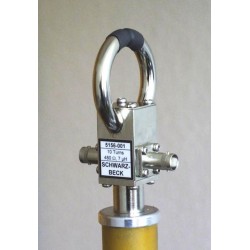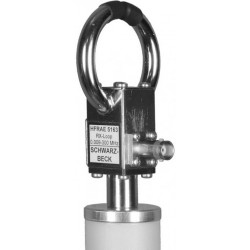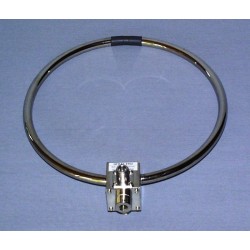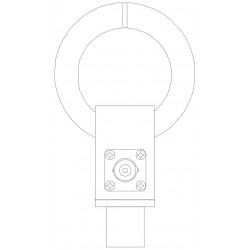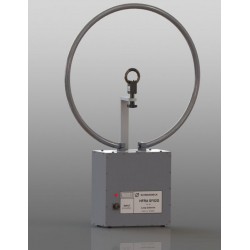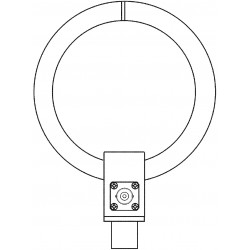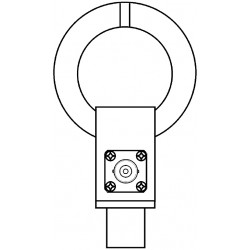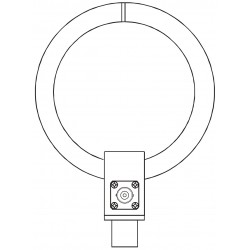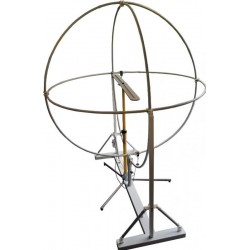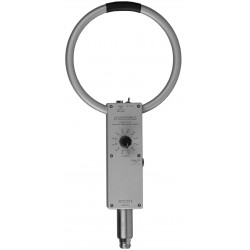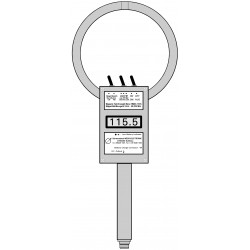No products
Product successfully added to your shopping cart
There are 0 items in your cart. There is 1 item in your cart.
Loop Antennas
- EMC Test Equipment
- Transient Generators
- RF Power Amplifiers
- DC - 300 kHz RF Amplifiers
- 10 kHz - 250 MHz RF Amplifiers
- 10 kHz - 400 MHz RF Amplifiers
- 10 kHz - 1 GHz RF Amplifiers
- 80 MHz - 1 GHz RF Amplifiers
- 1 GHz - 2 GHz RF Amplifiers
- 700 MHz - 4.2 GHz RF Amplifiers
- 1 GHz - 6 GHz RF Amplifiers
- 2 GHz - 8 GHz RF Amplifiers
- 6 GHz - 18 GHz RF Amplifiers
- 18 GHz - 40 GHz RF Amplifiers
- Pulse Amplifiers
- RF Field Strength Probes & Meters
- RF Conducted Immunity
- EMC Receivers/EMI Analyzers
- EMC Antennas
- Coupling Decoupling Networks (CDN's)
- Line Impedance Stabilization Networks (LISN's)
- RF Test Equipment
- EMC Probes
- EMC Measurement & Equipment Software
- Power Supplies
- Electrical Safety Analyzers
- High Precision Laboratory Power Analyzers & Meters
- Anechoic Chambers
- Over-the-Air (OTA) Test Chambers
- EMI RF Shielded Tent Enclosures
- RF Shielded Rooms
- EMC Absorber
- Positioning Equipment
- EMC/EMI Test Setup
- GTEM Cells / TEM Cells
- Reverberation Chambers
- Used RF Anechoic Chambers
- EMC Chamber Filters
- EMC Chamber Shielding Gaskets
- RF Shielded Doors
- Anechoic Chamber Accessories
- Fully Anechoic (FAR) Test Chambers
- Manufacturers
- 3ctest
- AE Techron
- AH Systems
- Amplifier Research
- Boonton
- Com-Power
- Diamond Engineering
- EM Test (Ametek CTS)
- EMC Partner
- EMC Test Design
- Empower High Power RF Amplifiers
- ETS-lindgren
- Log Periodic Dipole Array Antenna
- Near Field Probe Sets
- Double Ridge Horn Antennas
- Biconical Antennas
- Quad Ridge Horn Antennas
- Electric Field Probes
- GTEM's
- Positioners & Tripods
- Loop Antennas
- Biconilog Antennas
- LISN's (Line Impedance Stabilization Network)
- Shielded Enclosures/Rooms
- Monopole Antennas
- Field Generating Antennas
- Fischer Custom Communications
- Haefely Hipotronics
- Haefely EFT/Burst Immunity Test Systems
- Haefely Surge Combination Wave Test Systems
- Haefely Surge Damped Oscillating Wave Test Systems
- Haefely Electrostatic Discharge Test Systems (ESD)
- Haefely Surge Ring Wave Test Systems
- Haefely Surge Telecom Wave Test Systems
- Haefely Magnetic Field Test Systems
- Haefely CDN's (Coupling/Decoupling Networks)
- IFI Amplifiers
- Keysight (Agilent)
- MVG - Microwave Vision Group
- PMM / Narda
- Rohde & Schwarz RF Test Equipment
- Rohde & Schwarz Broadband RF Amplifiers
- Rohde & Schwarz Spectrum Analyzers
- Rohde & Schwarz Compliant EMI Test Receivers
- Rohde & Schwarz Isotropic RF Probes
- Rohde & Schwarz RF Signal Generators
- Rohde & Schwarz RF Switches
- Rohde & Schwarz Oscilloscopes
- Rohde & Schwarz RF Power Meters
- Rohde & Schwarz RF Power Sensors
- Schloder
- Schwarzbeck Mess-Elektronik
- Schwarzbeck Antennas
- Schwarzbeck Automotive Antennas
- Schwarzbeck Broadband Horn Antennas
- Schwarzbeck Biconical Antennas
- Schwarzbeck Logarithmic Periodic Broadband Antennas
- Schwarzbeck Stacked Log-Periodic Broadband Antennas
- Schwarzbeck Biconic Log-Periodic Antennas
- Schwarzbeck Dipole Antennas
- Schwarzbeck Rod Antennas
- Schwarbeck Antenna Baluns / Holders
- Schwarzbeck LISN Line Impedance Stabilisation Networks
- Schwarbeck Decoupling & Absorbing Clamps
- Schwarzbeck Field Probes
- Schwarzbeck Helmholtz Coils
- Schwarzbeck Antenna Masts
- Schwarzbeck Coupling/Decoupling Networks
- Schwarzbeck Antennas
- Solar Electronics
- Teseq (Schaffner)
- Teseq Automotive Transient Generators
- Teseq RF Test Equipment
- Teseq EFT/Burst Generators
- Teseq RF Immunity Generators
- Teseq ESD Guns
- Teseq Surge Generators
- Teseq Harmonics & Flicker Solutions
- Teseq Dips, Interrupts & Variations Equipment
- Teseq Ring Wave Generators
- Teseq Oscillatory Waves Generators
- Teseq Absorbing Clamps / Ferrite Tube
- Teseq EMC Antennas
- Teseq Current Probes
- Teseq Coupling Networks
- Thermo Keytek
- Vicreate
- Compliance Standards
- International (IEC/EN)
- EN/IEC 61000-3-2
- EN/IEC 61000-3-3
- IEC 61000-3-11
- IEC / EN 610000-3-12
- EN/IEC 61000-4-2
- EN/IEC 61000-4-3
- EN/IEC 61000-4-4
- EN/IEC 61000-4-5
- EN/IEC 61000-4-6
- EN/IEC 61000-4-7
- EN/IEC 61000-4-8
- EN/IEC 61000-4-9
- EN/IEC 61000-4-10
- EN/IEC 61000-4-11
- EN/IEC 61000-4-12
- EN/IEC 61000-4-16
- EN/IEC 61000-4-18
- EN/IEC 61000-4-19
- EN/IEC 61000-4-20
- EN/IEC 61000-4-21
- EN/IEC 61000-4-29
- EN/IEC 61000-4-31
- IEC 61000-4-39
- EN/IEC 62132
- SEMI F47 Voltage Sag Immunity
- Product Standards
- Military & Aerospace Standards
- Automotive EMC Standards
- CISPR Standards
- Telecom Testing
- ANSI/IEEE Standards
- FCC Part 15
- FCC Part 30
- International (IEC/EN)
- Application/Test Type
- Radiated Immunity
- Bulk Current Injection Testing
- RF Emissions Testing
- Conducted Immunity
- Conducted Emissions
- Antenna Pattern Measurement
- CE Mark Testing
- Intentional Radiator Testing
- Pulsed HIRF Radar
- Over-the-Air (OTA) Testing
- 5G Test Solutions
- Automotive EMC
- SAR Measurement Equipment
- Radiated Emissions
- Battery Simulator Test Equipment
- Services
- Clearance
Viewed products
-

Solar Type 9230-1...
30 Hz to 100 kHz frequency range...
Solar Type 9230-1 Radiating Loop and Type 9229-1 Loop Sensor for MIL-STD-461D/RS101
New
- 30 Hz to 100 kHz frequency range
- Radiating Loop and Loop Sensor
- MIL-STD-461D/RS101 magnetic field tests
Specifications
| Antennas Loop Antennas | |
| Parameter | Value |
| Connector | Radiating Loop: Binding posts Loop Sensor: BNC |
| Construction | Radiating Loop: Wire: 12 AWG, Loop Sensor: Wire: 30 AWG, Shielding: Electrostatic |
| # of turns | Radiating Loop: 20 Loop Sensor: 51 |
| General Data Technical Details | |
| Parameter | Value |
| Dimensions | Radiating Loop: 4.72" diameter (12 cm) Loop Sensor: 1.574" diameter (4.0 cm) |
| Weight | Radiating Loop: 2 pounds (0.9 kg) Loop Sensor: .25 pounds (0.11 kg) |
Test Equipment Description
DESCRIPTION
Test Method RS101 of MIL-STD-461D/E/F requires radiated magnetic fields over the frequency range 30 Hz to 100 kHz to determine the susceptibility or immunity of the equipment under test (EUT). Two loop antennas are needed for compliance with the requirements. The radiating loop is 12 cm in diameter and the sensing loop (used for calibration) is 4 cm in diameter. The Solar Type 9230-1 Radiating Loop has been designed so that the Solar Type 9229-1 Loop Sensor can be attached at the required 5 cm distance to the back of the loop (see Figure 4).
APPLICATION
The test method requires calibration of the radiated energy at 1.0 kHz prior to the test. Calibration of the Type 9230-1 Radiating Loop is accomplished by coupling the Type 9229-1 Loop Sensor to it at a distance of 5 cm.
The arrangement is indicated in Fig. 1 (see Figures tab). With a known current flowing in the radiating loop, the magnetic field can be measured. Two graphs are supplied with the loops to make life easier for the test engineer. Fig. 2 shows a typical correction factor curve for the Type 9229-1 Loop Sensor.
The current level to produce 110 dB/pT at 1.0 kHz is 3.0 mA. An accurately calibrated EMI receiver or spectrum analyzer will measure this as 42 dB/μV. Adding the correction factor of 68 dB/pT/μV from MIL-STD-462D, Fig. 2 equals 110 dB/pT as required by the specification.
In those instances where the spectrum analyzer does not have sufficient sensitivity, the calibration can be accomplished just as well at a higher current level. For example, using 300 mA, the measurement would be 82 dB. Subtracting 40 dB from this answer and adding the 68 dB factor will equal 110 dB/pT/μV.
Another approach to the calibration and the measurement depends on the accuracy of the EMI receiver. Simply subtract the sensor correction factor in dB/pT/μV (Fig. 2) from the desired magnetic field level in dB/pT. Then adjust the current until the EMI receiver reads this value in dB above one μV.
Example: For a field of 110 dB/pT at 1.0 kHz, subtract 68 dB (Fig. 2) from this to obtain 42 dB. This value in dB above 1 μV on the EMI receiver is equal to 126 μV as indicated in RS101.
A typical calibration test setup is shown in Fig. 3a. For current levels below 25 mA, it is feasible to use a standard laboratory signal generator. For higher current levels, the signal must be amplified (Fig. 3b). Both methods show a 0.1 Ω precision resistor (Solar Type 9917-0.1) and a digital voltmeter for measuring the current.

